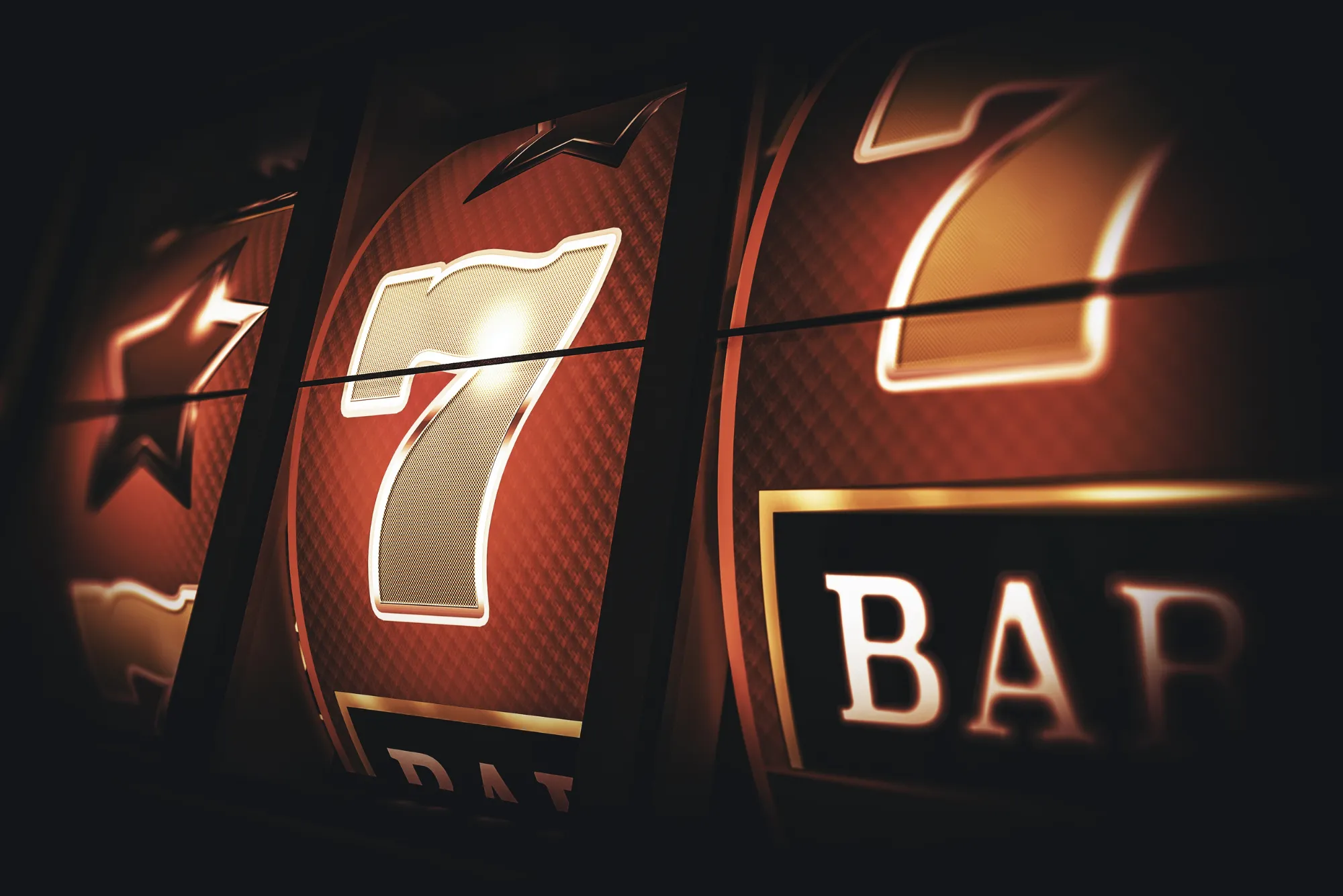Online casino games have come a long way in recent years. Beyond simple “high variance” or “low variance” slot machines, developers now explore dynamic systems that respond to player behavior. One of the most exciting of these is adaptive volatility. But what exactly does it mean for players and operators, and why does it matter? As someone who’s spent countless evenings both testing new releases and chatting with fellow gamers at the tables, I’m excited to break down this nuanced concept in practical terms.
Understanding Volatility in Casino Games
Volatility describes how often and how big wins tend to be.
In traditional slot terms, low-volatility games deliver frequent small wins; high-volatility titles pay out less often but offer larger jackpots. This static classification helps players choose machines that match their bankroll and risk appetite. However, it also limits variety: once you pick “high” or “low,” that’s the volatility you get throughout your session.
Adaptive volatility changes this rigid structure. Instead of a fixed level, the game’s volatility adjusts based on a set of triggers—player behavior, session length, or even budget consumption.
How Traditional Volatility Works
A classic slot might have a theoretical return-to-player (RTP) of 96%. For a low-volatility variant, that RTP is spread over many small payouts—perhaps a win every 10 spins. Conversely, a high-volatility game clusters RTP into big prizes but only hits once in a few thousand spins.
Why Static Volatility Can Feel Stale
Players seeking variety can get frustrated if they fall into long dry spells on high-volatility titles. Meanwhile, low-volatility fans might find their sessions unrewarding if the small wins never amount to real thrill. Enter adaptive volatility to mix things up.
Choosing the Right Casino
As adaptive volatility gains traction, you’ll find it mainly among innovative providers. When exploring options, be mindful of licensing. Many dynamic games emerge at non uk licensed casinos that specialize in original content—though always check your local regulations before playing.
What Is Adaptive Volatility?
Adaptive volatility is a game design technique where the slot’s risk profile shifts dynamically. It “adapts” according to pre-set rules or real-time analytics. Here’s how it might work in practice:
Trigger by Session Length
After a certain number of spins without a win, the machine temporarily lowers volatility to boost player morale with more frequent wins.Bankroll-Based Adjustments
If a player’s losses exceed a threshold, volatility can ease to offer relief and encourage continued play.Bet-Size Response
Larger wagers might unlock higher-volatility modes, giving high rollers the big-win potential they crave. Conversely, conservative bets trigger steadier play.
H3: A Real-World Example
Imagine you’ve been spinning for 200 rounds on a new video slot without hitting anything above your stake. Under an adaptive system, the RNG’s payout algorithm may switch to a low-volatility profile for the next 50 spins, ensuring you see wins—maybe small, but enough to maintain engagement. Once those 50 spins conclude, it could revert to its baseline or even bump up volatility for a chance at larger prizes.
Why Adaptive Volatility Matters
Enhancing Player Experience
Adaptive volatility keeps games fresh. When you experience swings in payout frequency, sessions feel more dynamic and personalized. Players less likely to quit mid-session, because the system responds to their play pattern and bankroll fluctuations, offering a greater sense of control.
Boosting Engagement and Retention
Casinos thrive on time-on-device metrics. When adaptive volatility reduces frustration and delivers wins at the right moments, players stick around longer. Longer sessions translate to higher overall bets and, ultimately, more revenue—without resorting to gimmicky features.
Catering to Diverse Player Types
Not everyone plays the same way. Some chase big jackpots, others prefer leisurely grind. Adaptive volatility accommodates both. High rollers get their adrenaline rush when they increase stakes, while cautious players still enjoy steady progress without hemorrhaging funds.
The Technical Side: How It’s Implemented
From a developer standpoint, adaptive volatility relies on modular RNG parameters and real-time analytics. Here’s a glimpse under the hood:
RNG Weight Tables
Traditional slots use fixed symbol weight tables. Adaptive slots switch between multiple weight sets—one tuned for frequent small wins, another for infrequent big hits.Session Tracking
The game client monitors spins, wins, and losses, sending lightweight telemetry to the server.Volatility Engine
A back-end service analyzes thresholds (e.g., spins without win) and signals the client to shift weight tables accordingly.Compliance and Testing
All modes must comply with the stated RTP range. Regulators require proofs that adaptive shifts never breach published payout guarantees.
Balancing Fairness and Excitement
Regulators insist that adaptive volatility remains within the declared RTP, so players aren’t misled. Testing labs like eCOGRA and TST certify each volatility mode individually and verify transitions don’t alter the game’s overall fairness.
Addressing Player Concerns
Some purists worry adaptive volatility feels manipulative—like the game is toying with their emotions. However, transparency in game rules and optional disclosure screens can alleviate these fears. Letting players know “this slot adjusts volatility based on play” builds trust and positions adaptive features as a benefit rather than a trick.
Responsible Gaming Implications
Adaptive volatility can also be harnessed for safer play. Operators can configure it to nudge players toward lower risk after sustained losses, encouraging them to pause or set deposit limits—aligning business goals with responsible gaming standards.
Adaptive Volatility Beyond Slots
While most common in video slots, adaptive mechanics can enhance other casino products:
Live Dealer Side Bets
Adjust payout odds on side-bet features during live blackjack or roulette.Virtual Table Games
Alter card shoe compositions for progressive blackjack variants.Skill-Emoji Games
Modify difficulty levels in arcade-style casino games to match player skill.
Conclusion
Adaptive volatility marks a new chapter in casino game design. By intelligently shifting risk profiles, it breathes life into sessions, balances the needs of various players, and boosts both enjoyment and engagement. Whether you’re a casual spinner or a high-stakes pro, games that adapt to your style offer a personalized experience unmatched by static titles.
Next time you see “adaptive” on a game menu, give it a shot—you might just find the perfect balance between frequent thrills and jackpot dreams.



